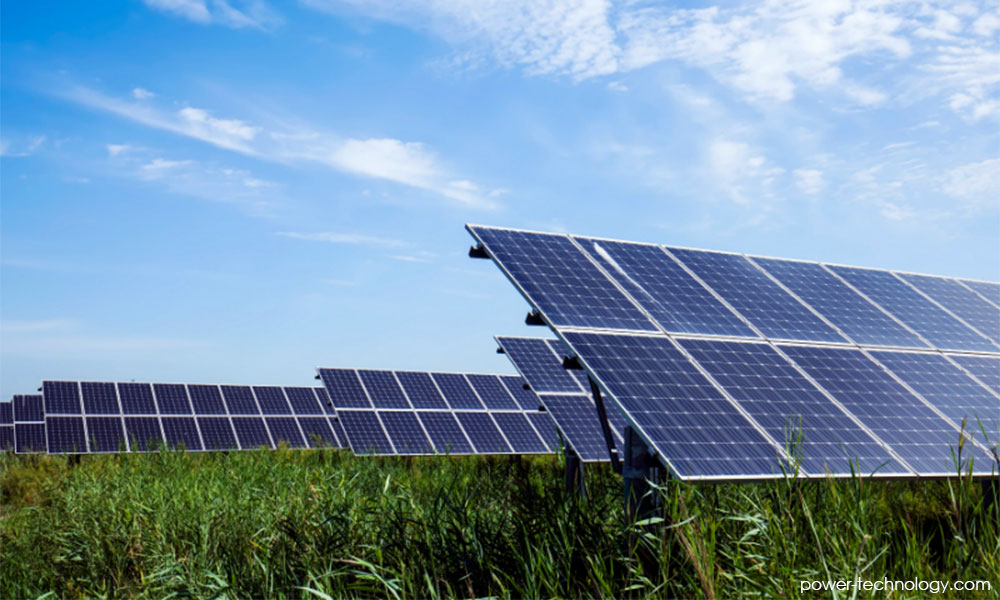LETTER | Solar-powered vehicles for a better, cleaner future
LETTER | Electric vehicles (EVs) are the darlings of the sustainable environment and hailed as a key solution to reduce carbon emissions for the transport sector.
However, the manufacturing carbon footprint of an EV exceeds that of a fossil fuel-powered car. This comes mainly from the mining and refining of rare earth materials for the battery and its manufacturing process.
But driving an EV over time, the carbon footprint is erased by the greenhouse gas emission difference because there is no tailpipe emission from EVs while fossil fuel-powered cars continue emitting greenhouse gas when driven.
EV cars must however be frequently charged with electricity which currently in Malaysia are mainly produced by fossil fuel. Renewable energy, mainly hydropower, contributes around 23 percent of the energy mix in Malaysia.
The government is promoting investments in large-scale solar power plants but this may cause deforestation with land clearance to build the plants or take up land which could be used for agriculture and housing.
Solar panels on rooftops of houses are being encouraged but the relatively high capital costs and long payback period have resulted in slow uptake of this scheme.

With solar-powered vehicles, many of the above problems can be solved with additional benefits attached.
Solar-powered vehicles are equipped with photovoltaic solar panels built into the top and sides of the vehicles. The technology is already there and there are already solar-powered vehicles running on roads around the world.
However, there have been some setbacks in the mass production of cars but like all nascent technology, there will be blips and glitches along the way.
The first successful electric car was built in 1890 but only recently has there been mass production of EVs.
With the current rapid technical advances and the use of artificial intelligence (AI), mass production of solar-powered cars will hit the roads sooner than we think.
With a solar-powered car, the battery can be charged by a free renewable energy source, the sun, which is abundant in Malaysia. The car can be charged as it is being driven in daylight.
The battery is smaller, reducing its carbon footprint and requiring less recharging from EV recharging stations which in turn, further reduces the carbon footprint in installing them.
Saving costs, generating income
With a charged battery, the car when not in use, can be used to power the energy needs of a house or the power sold back to the grid.
This not only saves the capital costs of installing solar panels on rooftops but can result in savings on household energy bills or generate income from the sale of power.
Electric-powered buses, vans and trucks with flat roofs can easily be installed with solar panels and with smaller and lighter batteries to extend their range between charging and reduce maintenance.
The government must keep close tabs on solar-powered vehicle development and seize the opportunity to co-manufacture and promote its use here because of our one distinct advantage - the sun- our free abundant renewable energy.
The views expressed here are those of the author/contributor and do not necessarily represent the views of Malaysiakini.
RM12.50 / month
- Unlimited access to award-winning journalism
- Comment and share your opinions on all our articles
- Gift interesting stories to your friends
- Tax deductable
